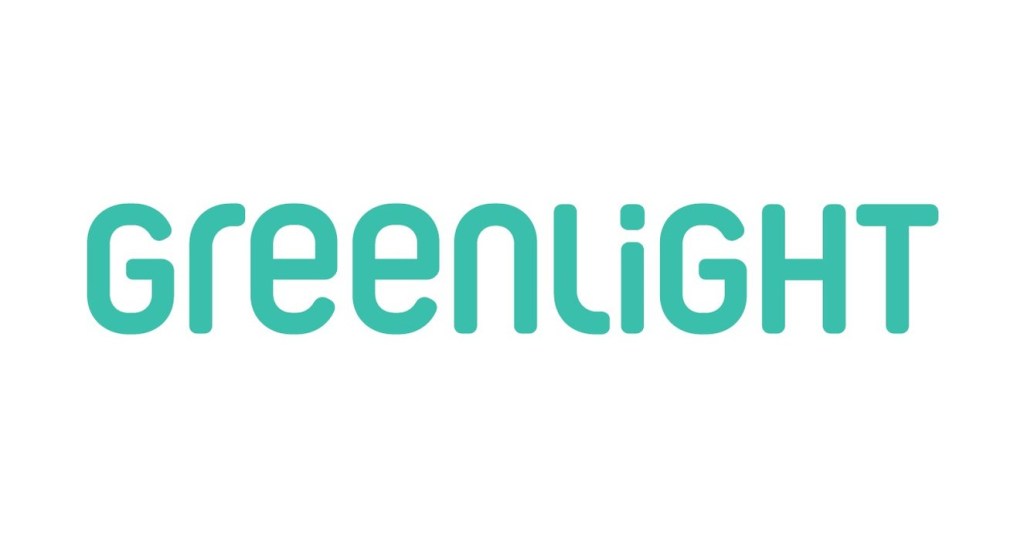
I was reading Kiplinger and saw a reference to an app that helps parents to introduce kids to saving and investing. This app is called Greenlight and it allows you to send your child or children money to be used for various use cases: spending, saving, investing, and allowance.
It’s probably most useful for older children because one of the key features of the app is a debit card. However, I set it up for my 7-year old to get him exposed to some key personal finance concepts early.
I got him a debit card with his face on it for security and fun. The debit card he will use when he goes to the bookstore or toy store with me or other family members.
I was also very excited to get him to finally buy some stocks. We’ve been talking about buying shares of companies for a while and he’s been getting excited to become an owner. Finally, Greenlight was an easy way to get him going, without having to open some formal brokerage account.
Essentially, I took some money that he received for his birthday and sent it to his Greenlight account. Then, the fun began. He had $100 to work with and he really wanted to invest in companies that he believes are doing well. According to him, the companies he sees him or grownups using a lot are probably doing well and could grow in share price. For a basic analysis, that was good enough for me. That’s how he chose Disney and Apple, both very popular stocks in the app. I then guided him to also get some VOO (S&P 500 Vanguard ETF) to diversify his risk a bit and to have him be an owner of a lot of companies all at once. He really liked that idea.
At first he wanted to only invest $1 or $5 dollars into each stock, but I got him to really develop some conviction about his positions and he leaned in with $20 each. So, he invested $60 into the stock market and kept $40 in his Savings account.
As soon as he invested, the stock market took a hit, so he experienced that part of investing when you see your holdings go down in value. I was a bit bummed at first because I wanted him to really get excited about growth and investing. However, I felt it was good and real for him to also experience the downturn and to display some discipline to not sell. After a few days watching his stocks going down, he was definitely antsy to sell, but he held strong.

On the other hand, his Savings account gets 1% interest, so he also gained $0.02, which was small but nice to experience. Parents can increase this interest out of their pocket if they want the lesson of interest and compounding to be more clearly learned.
There are so many possibilities to explore and lessons to teach through this app, or a similar app. I get excited about thinking what results he might be able to see if he keeps investing small amounts into ETFs, such as VOO, and holds it for decades. Compounding makes young age so much more powerful than meets the eye.
The table below is from The Money Guy Show, one of my favorite podcasts on YouTube. In the table, you can see just how powerful age can be. For example, my son starting at age 7 has a ~394 money multiplier, which means his money will grow roughly that much from this age onwards without any additional contributions. That means that his invested ~$60 could turn into $23.6K by the time he is 65 years old. It also shows that if he puts away ~$26/month from now going forward, he will be a millionaire by the age of 65. It gets much harder to grow money when you start later; it’s obvious, but I hope this serves as a good visual reminder.

Note that there is a monthly subscription fee to get access to the app. I think it’s totally worth it to teach life-long lessons, but it will only make sense if he continues to be interested.
Disclaimer: If you click on my Greenlight link above and signup, we both get $30. All proceeds go to my son’s account and I recommend you do the same.